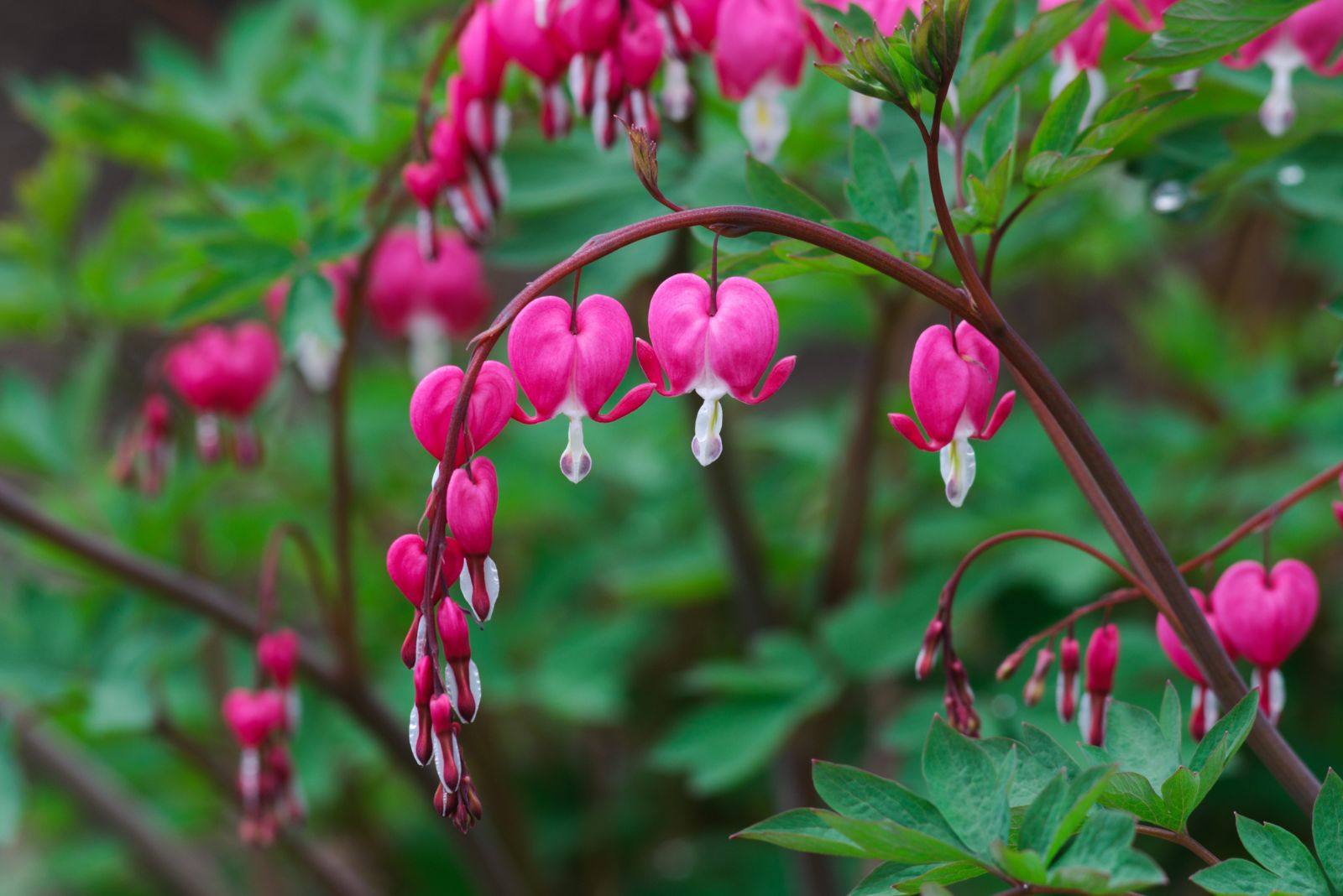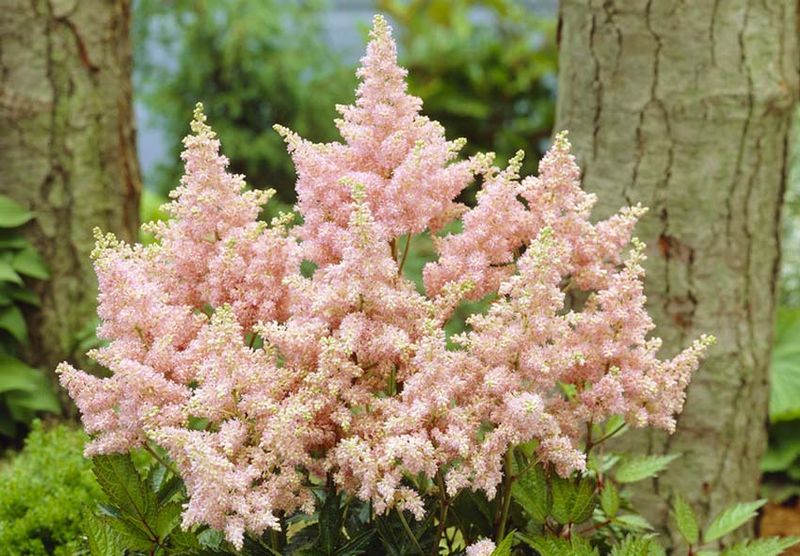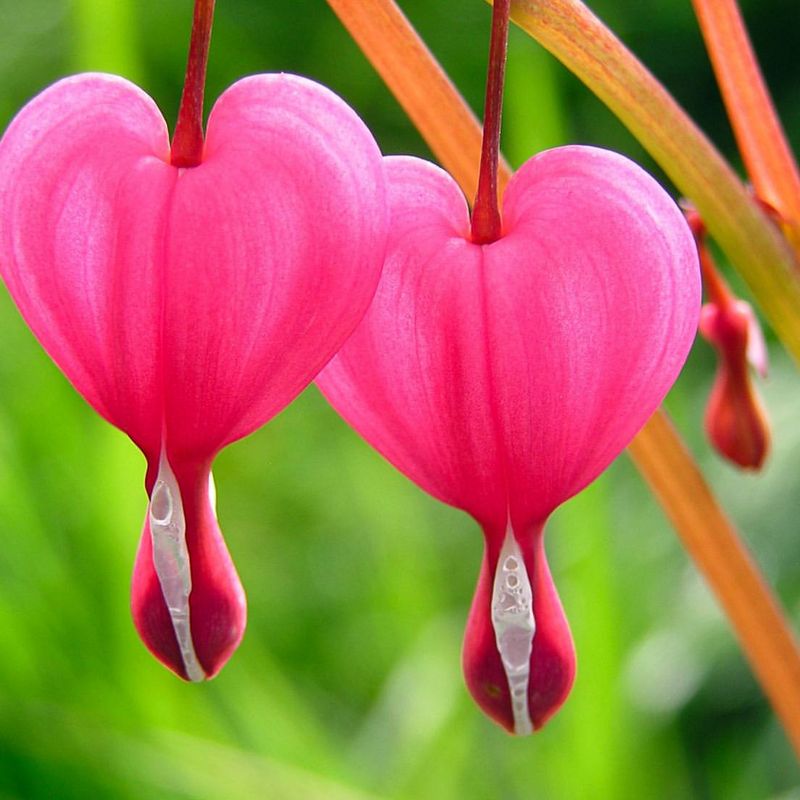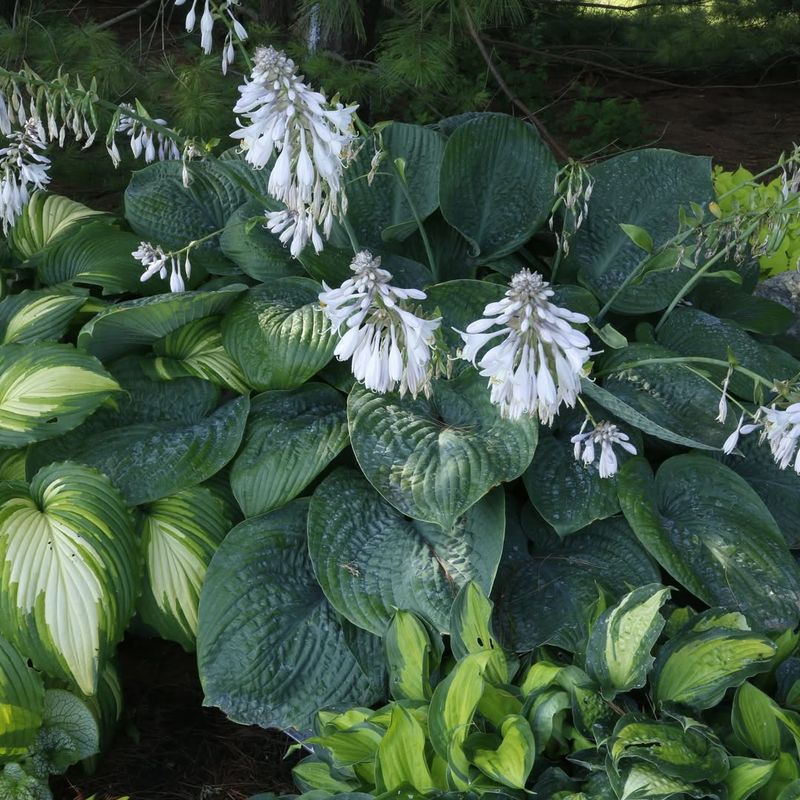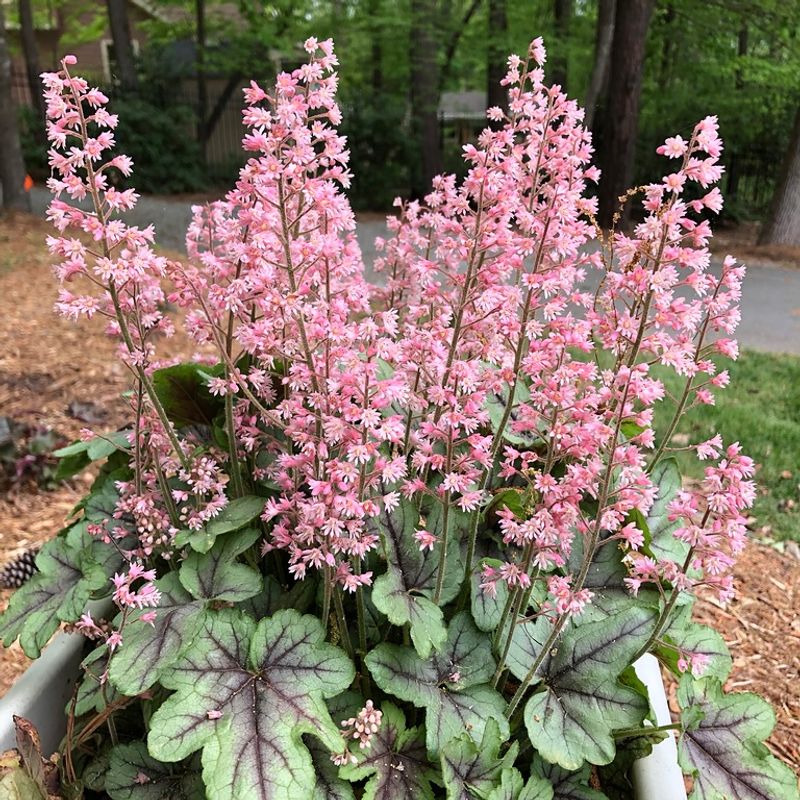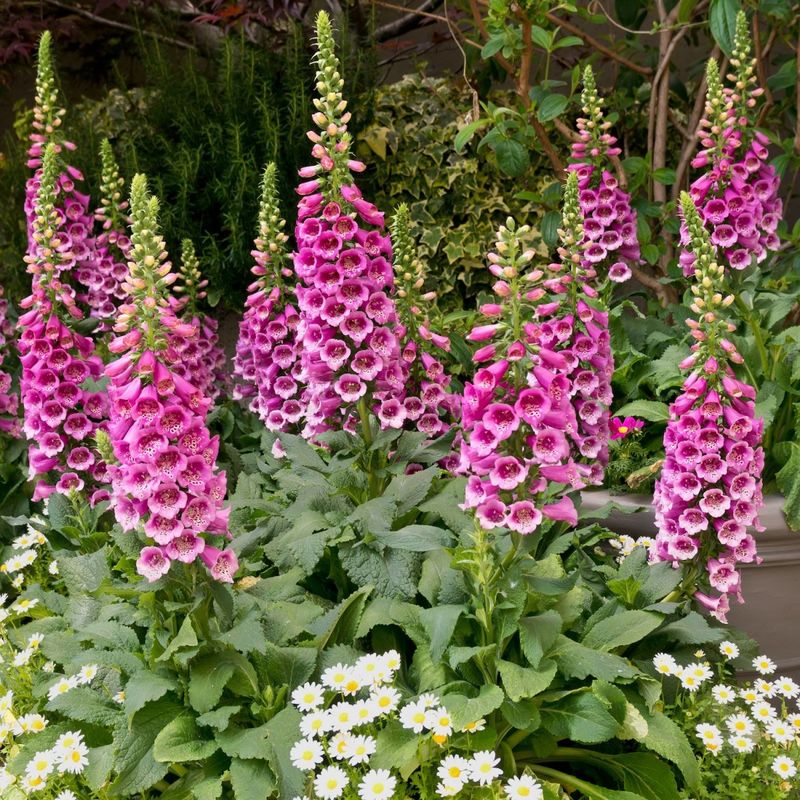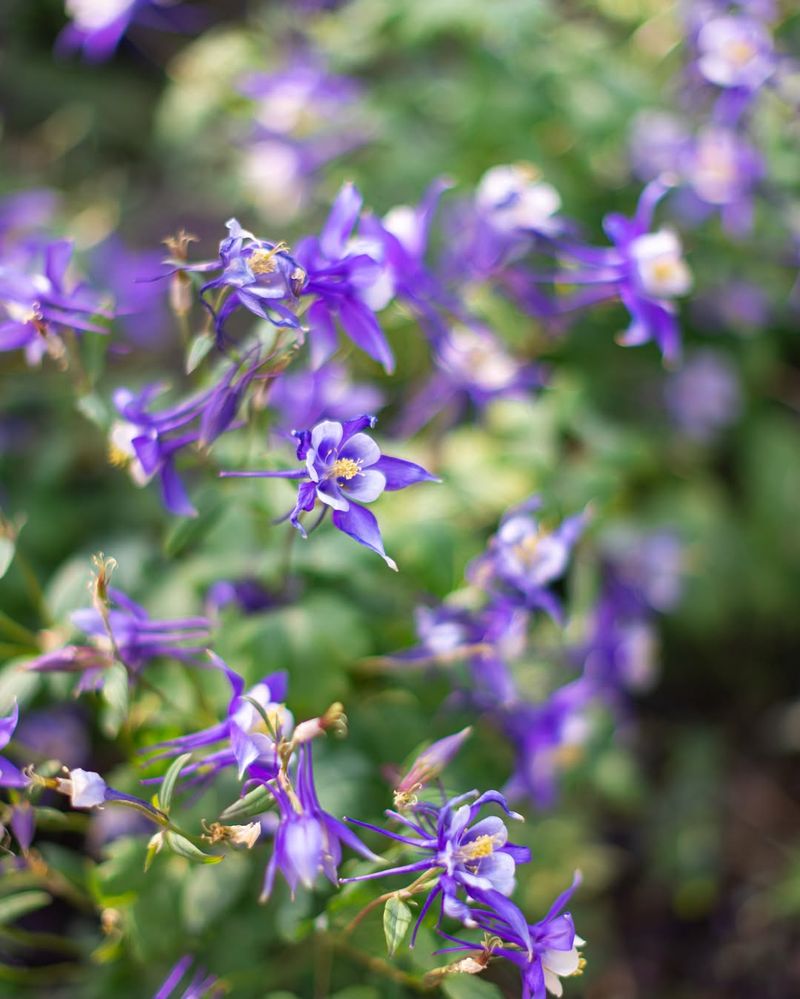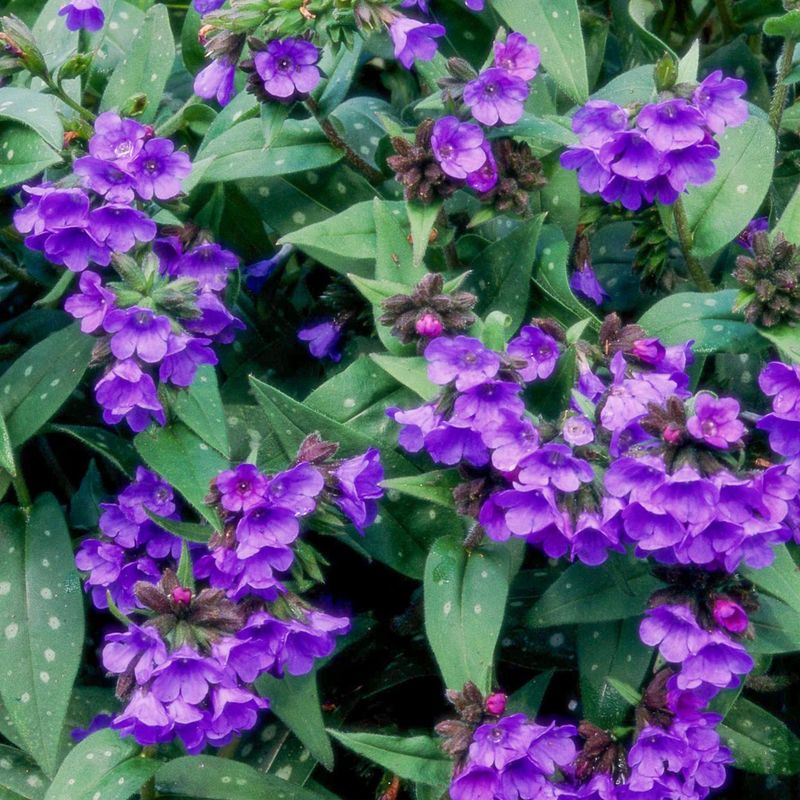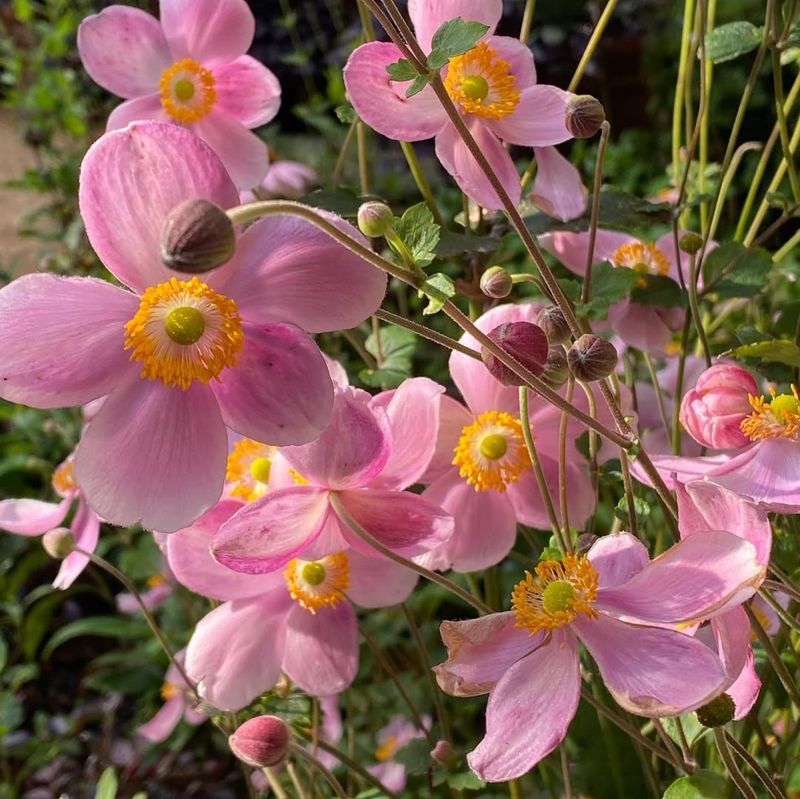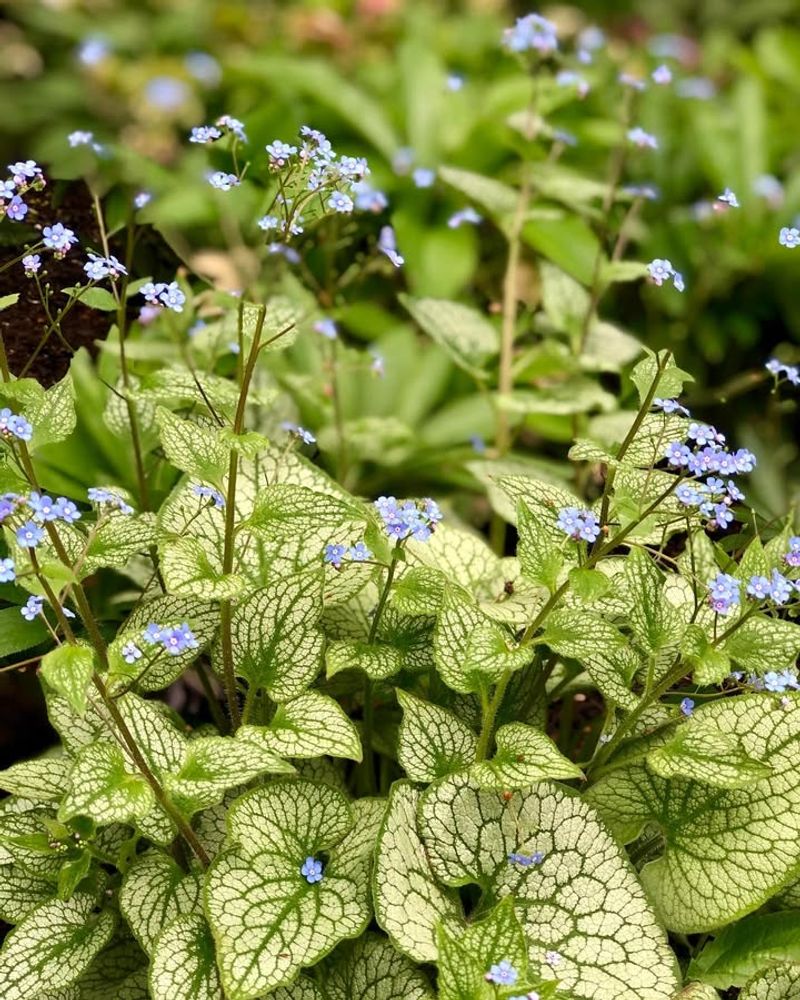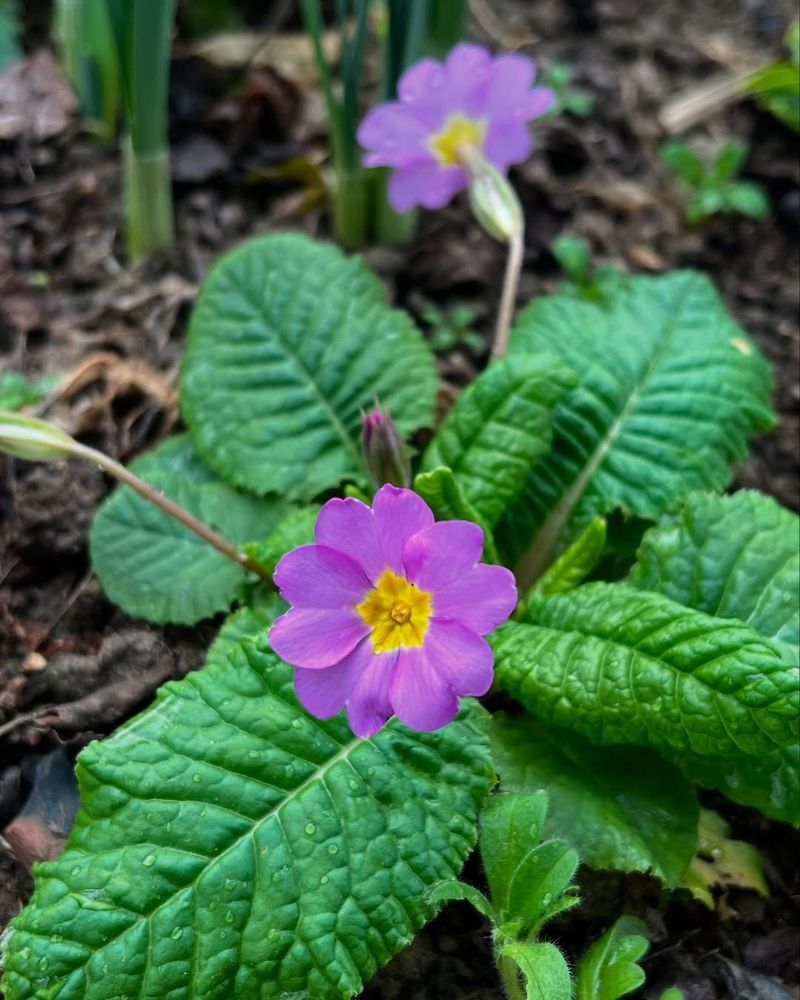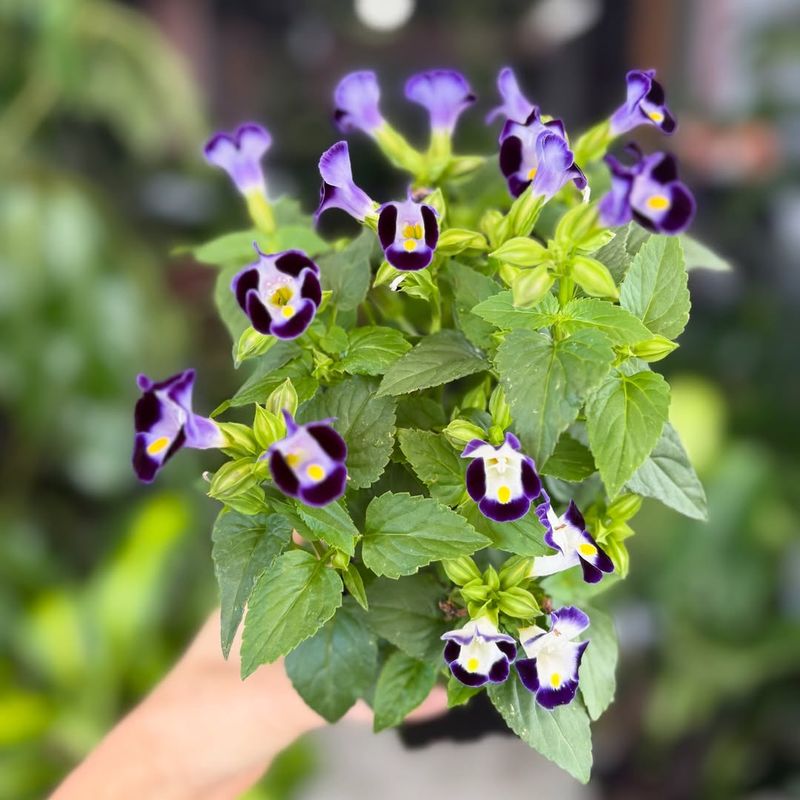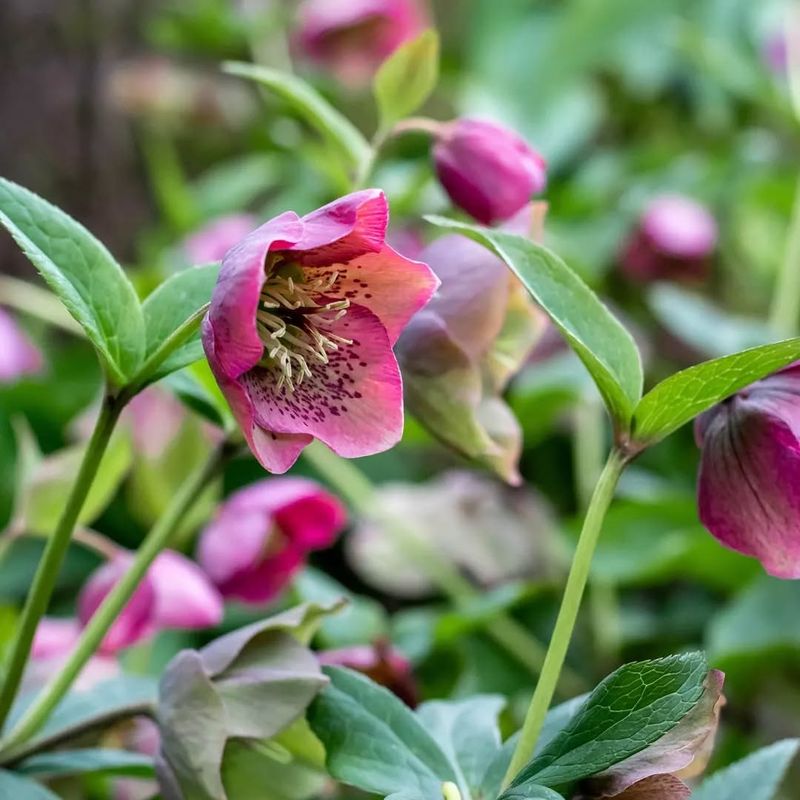I used to think partial shade was where good plants went to struggle, until I started paying attention to the spots in my yard that stayed cool and calm through the day. I planted a few favorites on a hunch, and to my surprise those shaded corners turned into some of the most colorful parts of my garden.
The blooms held their own without scorching, and the plants seemed to settle in as if they had been waiting for that exact kind of light. Once I saw how well they performed, I began treating partial shade as a hidden opportunity instead of a challenge.
1. Astilbe
With feathery plumes that look like tiny fireworks, astilbe brings such a dreamy quality to shady corners. The flowers come in shades of pink, white, red, and even lavender, creating these soft, romantic clouds of color.
Plant them in moist, rich soil and watch them flourish from late spring through summer. They’re pretty low-maintenance once established and their fern-like leaves stay attractive even after blooming finishes. Perfect for adding height and texture to your shade garden.
2. Bleeding Heart
These charming little heart-shaped flowers dangling from arching stems always make me smile. There’s something so whimsical about their drooping blooms that sway gently in the breeze, like tiny Valentine’s decorations nature made herself.
Give them consistently moist soil and they’ll reward you with beautiful spring displays year after year. The foliage tends to fade back in summer heat, so pair them with hostas or ferns to fill in the space. They self-seed easily too, spreading their charm around your garden.
3. Hostas
Sure, hostas are famous for their stunning foliage, but don’t overlook those lovely flower spikes that shoot up in summer. The tubular blooms in white or lavender attract hummingbirds and add a vertical element to your garden design.
They’re incredibly forgiving plants that tolerate a wide range of conditions. Water them regularly during dry spells and they’ll thrive for decades. With hundreds of varieties available, you can create an entire garden using just hostas in different sizes and colors.
4. Impatiens
When you need reliable color all summer long in your shadiest spots, impatiens come through like champions. These cheerful little flowers keep blooming nonstop from late spring until frost, covering themselves in bright petals that practically glow in low light.
Keep the soil consistently moist because they’re pretty thirsty plants. They work beautifully in containers, hanging baskets, or as ground cover beneath trees. Pinch them back occasionally to encourage bushier growth and even more flowers throughout the season.
5. Begonias
Begonias offer such incredible variety, from tuberous types with rose-like blooms to wax begonias with their shiny leaves and constant flowers. Their waxy petals have this luminous quality that brightens up darker garden areas surprisingly well.
They prefer well-draining soil that stays evenly moist but not waterlogged. Tuberous begonias need a bit more care, but wax begonias are practically foolproof for beginners. Both types deliver months of continuous color with minimal fussing, making them garden workhorses you can count on.
6. Coral Bells
The airy flower stalks rising above those gorgeous leaves create such an elegant look in shade gardens. Tiny bell-shaped blooms in coral, pink, red, or white dance on wiry stems that seem to float above the foliage below.
The real show comes from their leaves though, which come in amazing colors from deep purple to bright lime green. They’re tough as nails once established and tolerate drought better than many shade plants. Butterflies and hummingbirds love visiting those delicate flowers all summer long.
7. Foxglove
Talk about drama in the shade garden! Foxgloves send up these towering spikes covered in tubular flowers that bees absolutely adore. Each bloom has these charming spotted throats that look hand-painted by nature.
They’re typically biennial, meaning they grow leaves the first year and flower the second, but they self-seed generously. Plant them once and you’ll likely have foxgloves appearing in your garden for years. Just remember that all parts are toxic, so plant them away from curious kids and pets.
8. Columbine
With their whimsical spurred petals, columbines look like something from a fairy tale. The flowers seem to hover above delicate, lacy foliage on thin stems that sway with the slightest breeze, creating movement in your garden.
Hummingbirds go crazy for these nectar-rich blooms in late spring and early summer. They self-seed freely and cross-pollinate easily, so you might get surprise color combinations in following years. The foliage can look ragged by late summer, so plant them behind later-blooming perennials that will hide their decline.
9. Lungwort
One of the earliest bloomers for shade, lungwort surprises you with flowers that start pink and turn blue as they age. This means you get both colors on the same plant simultaneously, creating this pretty two-toned effect.
The spotted, silvery foliage stays attractive all season long, providing ground cover even after flowering ends. They spread slowly but steadily, eventually forming nice clumps that suppress weeds. Deer and rabbits typically leave them alone, which is always a bonus for gardeners dealing with hungry wildlife.
10. Japanese Anemone
When most shade plants are winding down in late summer, Japanese anemones are just getting started. Their simple, elegant flowers on tall stems bring fresh energy to the garden when you need it most, floating above dark green foliage like butterflies.
They can take a year or two to establish, but once they do, they spread reliably to form lovely colonies. The flowers keep coming from August through October, providing nectar for pollinators preparing for winter. They’re surprisingly tough and handle light frosts without missing a beat.
11. Brunnera
Sometimes called false forget-me-not, brunnera produces clouds of delicate blue flowers in spring that really do resemble their namesake. But honestly, the heart-shaped leaves with silver markings steal the show for the rest of the season.
This is one of those reliable plants that just keeps looking good without much attention from you. It tolerates dry shade once established, which is notoriously difficult for most flowering plants. The foliage creates beautiful ground cover that brightens dark corners all summer and fall.
12. Primrose
Nothing says spring like primroses popping up with their cheerful faces in every color imaginable. They bloom so early that they often appear while there’s still a chill in the air, bringing hope that warmer days are coming soon.
Plant them in rich, moist soil where they’ll naturalize over time, creating bigger displays each year. They’re perfect for edging shady paths or tucking into rock gardens. Some varieties are evergreen in mild climates, giving you year-round foliage interest along with those spectacular spring blooms.
13. Torenia
Also called wishbone flower because of the wishbone-shaped stamens inside each bloom, torenia is an underrated annual for shade. The two-toned flowers keep appearing all summer long, creating this cascading effect that’s perfect for containers and hanging baskets.
They handle heat and humidity better than impatiens, making them great for southern gardens with challenging summers. Keep them watered regularly and they’ll reward you with continuous color until frost. The trailing varieties work beautifully spilling over container edges or as ground cover beneath taller plants.
14. Hellebore
Hellebores bloom when almost nothing else does, often pushing through snow to show off their nodding flowers in late winter. Sometimes called Christmas rose or Lenten rose depending on bloom time, they’re absolute treasures for shade gardeners craving early color.
The leathery evergreen foliage looks good year-round, providing structure in your garden even during winter months. They’re incredibly long-lived and low-maintenance once established, slowly forming impressive clumps. Deer avoid them completely, and they self-seed to create natural-looking drifts throughout your shade garden over time.

